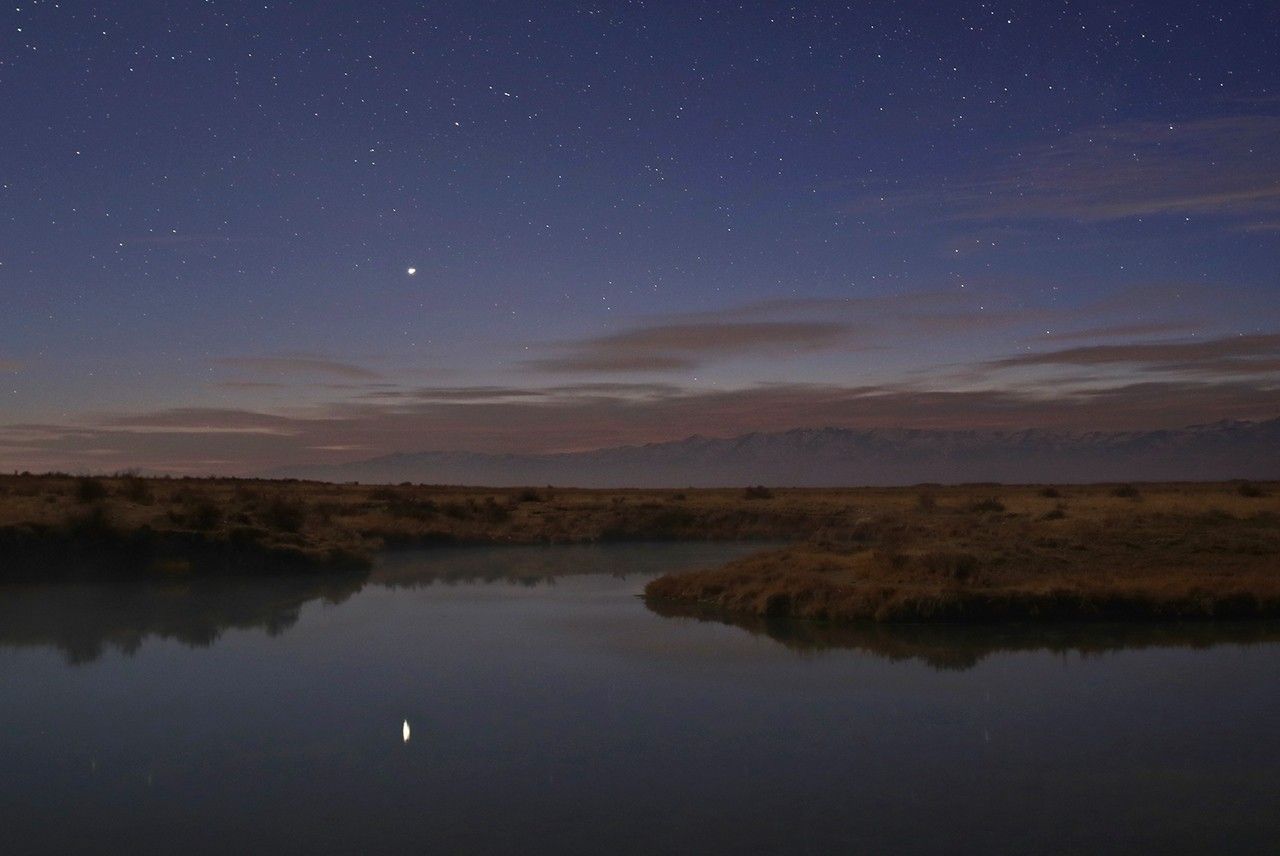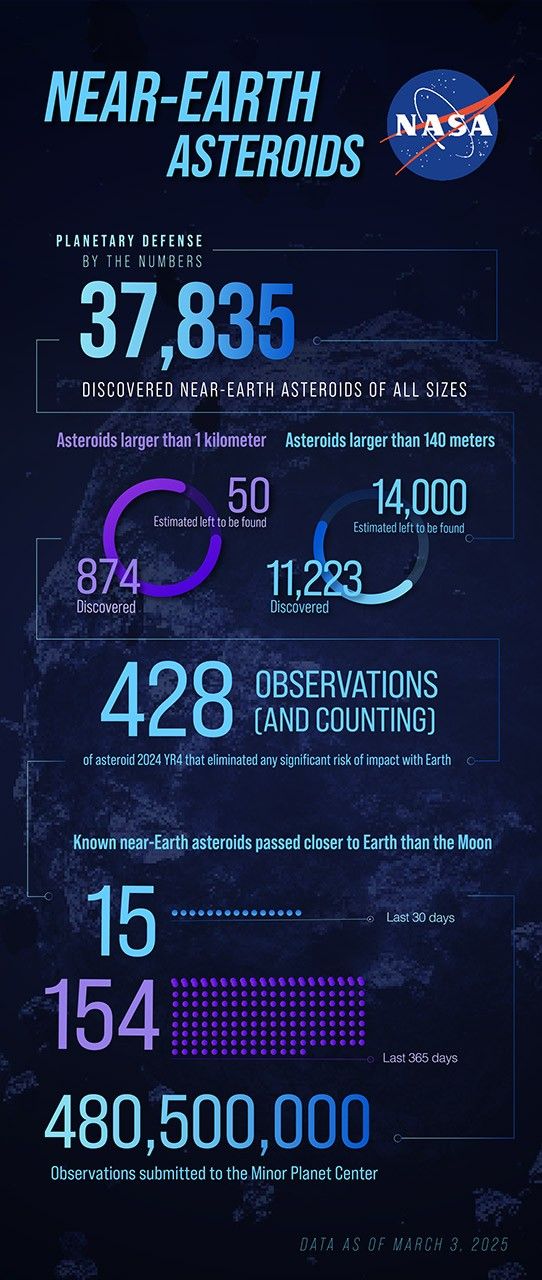By early 1930, Lowell Observatory junior astronomer Clyde Tombaugh had spent months poring over hundreds of telescopic photo plates in the search for a single moving object – which would turn out to be Pluto, the ninth planet.
By early 1930, Lowell Observatory junior astronomer Clyde Tombaugh had spent months poring over hundreds of telescopic photo plates in the search for a single moving object – which would turn out to be Pluto, the ninth planet.
Nearly a century later, the team that famously explored the planet Tombaugh discovered is expanding its own search for additional targets of discovery – and doing it with technology that would have astounded Tombaugh.
NASA’s New Horizons spacecraft followed up its historic flyby of Pluto in 2015 with the first-ever close encounter with a Kuiper Belt object (KBO), called Arrokoth, in 2019—a billion miles beyond distant Pluto. Four years later the spacecraft is yet another billion miles farther out and continues to speed through the outer reaches of the solar system, now more than 5 billion miles from Earth. As New Horizons has crossed the Kuiper Belt, it has been taking advantage of its unique location and capabilities to study dozens of other KBOs in multiple ways that can’t be done from Earth.
Key to this is discovering KBOs to study near the path of New Horizons. Those searches use two of the world’s largest telescopes – the Japanese Subaru Telescope in Hawaii and the Cerro Tololo Inter-American Observatory’s Victor M. Blanco telescope in Chile. The New Horizons team has enhanced these searches using artificial intelligence — machine learning data-analysis tools, developed in 2021 and refined last year, that dramatically increase the team’s KBO detection rates over what human scouring of the data yielded in the past.
Using machine-learning AI software, mission co-investigators JJ Kavelaars of the University of British Columbia and Wes Fraser of the Canadian National Research Council have sped up and made those searches far more productive. This software employs a convolutional neural network, a deep-learning algorithm that can take an input image, assign importance to various objects in the image, and be able to differentiate one object from another.
The team has applied its tool to data acquired with the giant Hyper Suprime-Cam camera on the Subaru Telescope, as part of a search for targets for the New Horizons spacecraft. “The software network’s classification performance is extremely good, significantly cutting back on ‘false’ candidate sources,” said Fraser. “An entire night’s worth of search data requires only a few hours of human vetting. Compare that to the weeks it used to take to do this!”
Given its size and wide field-of-view – the largest of any operating giant telescope — the Subaru Telescope is the best tool on Earth for finding new KBOs for New Horizons to study or even fly by. The first search, in May-August 2020 (along with some follow-up time in October), produced about 87 new KBOs found in the direction New Horizons is traveling.
When the team reran 2020 search data through the AI software, it not only worked 100 times faster, but it turned up 67 more KBOs that human searchers had not found in the images. Some of those more than 100 newly detected, ancient KBOs are scheduled to be observed by the instrumentation aboard New Horizons through 2024.
Even further boosting the Subaru effort is a more efficient sky filter the mission provided for the telescope that began operations on Subaru in 2022.
“This is a new, game-changing tool we’ll be taking advantage of for years to come,” said Alan Stern, New Horizons principal investigator from the Southwest Research Institute in Boulder, Colorado.
None of the KBOs found is close enough for New Horizons to fly closely past, but nearly 20 passed close enough (millions of miles) for the spacecraft to observe from a distance — revealing information on their surface properties, shapes, rotational periods, and close-in orbiting moons that could not be achieved by any other method except New Horizons.
On the prospect of a new flyby target KBO for New Horizons, team members point out that the search for such an object is a longshot – a cosmic needle-in-a-haystack challenge – but they also recall that the search for Arrokoth took four years, before they discovered Arrokoth.
“The potential for groundbreaking discoveries in another KBO flyby is too great, so we continue searching,” said Stern. “We are in this for the long game, and AI is here to help!”
The Johns Hopkins Applied Physics Laboratory in Laurel, Maryland, designed, built and operates the New Horizons spacecraft, and manages the mission for NASA’s Science Mission Directorate. Southwest Research Institute, in San Antonio and Boulder, Colorado, directs the mission via Principal Investigator Alan Stern, and leads the science team, payload operations and encounter science planning. New Horizons is part of the New Frontiers Program managed by NASA’s Marshall Space Flight Center in Huntsville, Alabama.





























